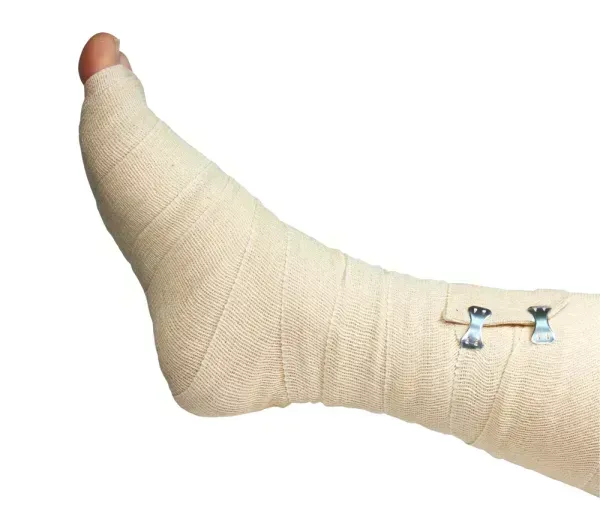Optimize Coding With This Humeral Shaft Fx Advice

Open vs. closed often hinges on fracture type. Patients who suffer humeral shaft fractures are in for an involved surgical and recovery process that orthopedic practices should sympathize with. No matter the fracture or treatment type, a broken humeral shaft is a major, painful injury that takes a good deal of time and provider help to recover from. Keep the coding pain to a minimum by following this expert humeral shaft fracture repair coding advice. Check Notes for Manipulation Evidence If your physician performs closed treatment of a humeral shaft fracture, you’ll have two codes to choose from: “Closed reduction of the fracture typically consists of two main maneuvers, one of the shoulder and one of the upper arm,” offers Heidi Stout, BA, CPC, COSC, PCS, CCS-P, with Coder on Call, Inc., in Milltown, New Jersey. The key difference in these two codes is the manipulation question. When it comes to manipulation, the provider will often document whether or not she used it in the operative note, says Sharon Richardson, RN, consultant at Brault Practice Solutions in San Dimas, California. “Manipulation is the process of putting the bones back in alignment when closed treatment is performed. The physician should clearly document that the bones were put back in place as part of his treatment documentation,” explains Marcella Bucknam, CPC, CCS-P, COC, CCS, CPC-P, CPC-I, CCC, COBGC, revenue cycle analyst with Klickitat Valley Health in Goldendale, Washington. “Closed treatment without manipulation may [also] consist of placing the patient in a coaptation splint or sling,” says Stout. Plan B: If you cannot answer the manipulation question easily, there are some context clues you might be able to use. “If there is no documentation of manipulation the coder may suspect that manipulation was done if the X-ray indicates that the bones are out of alignment, or if the patient was given some sort of anesthesia during the fracture treatment,” Bucknam explains. “Coders should query the physician and ask him to add documentation of the manipulation if there are reasons to think the bones were not in alignment and would need manipulation to heal correctly.” Be Open to Coding 24515 for These Tx Types When the provider performs open treatment of a humeral shaft fracture, you’ll code 24515 (Open treatment of humeral shaft fracture with plate/screws, with or without cerclage). According to Stout, “open reduction is common for open fractures, pathologic fractures, oblique and transverse fractures, fracture with intraarticular extension, and fractures with associated vascular or neural injury.” Full explanation: “A patient needs open treatment when the surgeon decides that it is needed,” Bucknam says. “That may sound glib, but there are many reasons a fracture might require open treatment. Here are some of them: In actuality, “there could be all sorts of reasons the surgeon might decide an open reduction would be appropriate and typically this is not something an insurer would question,” Bucknam explains. “It’s up to the surgeon.” Opt for 24516 for These Repairs When the provider specifies insertion of intermedullary implant/screws during humeral shaft fracture treatment, you’ll report 24516 (Treatment of humeral shaft fracture, with insertion of intramedullary implant, with or without cerclage and/or locking screws). This treatment, also known as IM nailing, “is common for segmental fractures, pathologic fractures, and in patients with severe osteoporotic bone,” Stout relays. Often, injuries treated with 24516 are “comminuted, displaced fractures that require manipulation, but won’t stay in place without hardware,” says Richardson. Context clues: Bucknam says that IMM nailing is done fairly rarely, but would be specifically helpful for a patient “whose bone needs to not only heal but also be reinforced. These patients may have bone disease. Patients with an intermedullary implant probably have a stress fracture.”




